4-Biphenylcarboxylic acid
Synonym(s):4-Phenylbenzoic acid
- CAS NO.:92-92-2
- Empirical Formula: C13H10O2
- Molecular Weight: 198.22
- MDL number: MFCD00002553
- EINECS: 202-203-1
- SAFETY DATA SHEET (SDS)
- Update Date: 2025-01-27 09:38:02
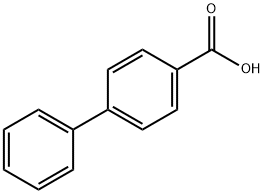
What is 4-Biphenylcarboxylic acid?
Chemical properties
white to light yellow crystal powder
The Uses of 4-Biphenylcarboxylic acid
Biphenyl-4-carboxylic acid is employed in the synthesis, characterization of europium, terbium complexes.
Synthesis Reference(s)
Synthetic Communications, 25, p. 3695, 1995 DOI: 10.1080/00397919508015507
Safety Profile
Experimental reproductive effects. When heated to decomposition it emits acrid smoke and irritating vapors.
Purification Methods
Crystallise the acid from *C6H6/pet ether or aqueous EtOH. [Beilstein 9 IV 2479.]
Properties of 4-Biphenylcarboxylic acid
| Melting point: | 220-225 °C(lit.) |
| Boiling point: | 295.53°C (rough estimate) |
| Density | 1.1184 (rough estimate) |
| refractive index | 1.5954 (estimate) |
| storage temp. | Sealed in dry,Room Temperature |
| solubility | 0.03g/l |
| pka | 4.19±0.10(Predicted) |
| form | Crystalline Powder |
| color | White to beige |
| Water Solubility | Insoluble in water. |
| BRN | 973519 |
| CAS DataBase Reference | 92-92-2(CAS DataBase Reference) |
| NIST Chemistry Reference | [1,1'-Biphenyl]-4-carboxylic acid(92-92-2) |
| EPA Substance Registry System | [1,1'-Biphenyl]-4-carboxylic acid (92-92-2) |
Safety information for 4-Biphenylcarboxylic acid
| Signal word | Warning |
| Pictogram(s) |
 Exclamation Mark Irritant GHS07 |
| GHS Hazard Statements |
H319:Serious eye damage/eye irritation |
| Precautionary Statement Codes |
P305+P351+P338:IF IN EYES: Rinse cautiously with water for several minutes. Remove contact lenses, if present and easy to do. Continuerinsing. |
Computed Descriptors for 4-Biphenylcarboxylic acid
| InChIKey | NNJMFJSKMRYHSR-UHFFFAOYSA-N |
New Products
Methyl (R)-1-Boc-4,4-difluoropyrrolidine-2-carboxylate 2,2-Difluoropropylamine hydrochloride tert-butyl 3-bromoazetidine-1-carboxylate (R)-1-Boc-3-hydroxypyrrolidine DIFLUOROACETIC ANHYDRIDE 2,2-Difluoropropionic acid Diallylamine, 99% Calcium hydroxide, 95% Aluminum oxide, basic 2-Bromophenylacetonitrile, 97% L-tert-Leucine,97% N-Hydroxy-2-methylpropanimidamide 4-(3,4-Dichlorophenyl)-3,4-Dihydro-N-Methyl-1-(2H)-Naphthalenimine (Schiff Base) 2-AMINO-3,5-DIBROMO BENZALDEHYDE [ADBA] L-Glutamic Acid Dimethyl Ester Hcl 10-Methoxy-5H-dibenz[b,f]azepine 5-Cyanophthalide N, N-Carbonyldiimidazole (CDI) Dibenzoyl Peroxide Titanium Dioxide 2-(Methylthio) Benzonitrile Sodium Acetate Anhydrous Allopurinol 1,5-DibromopentaneRelated products of tetrahydrofuran
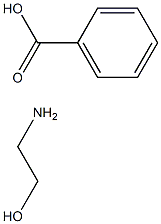

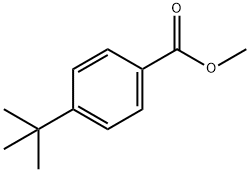
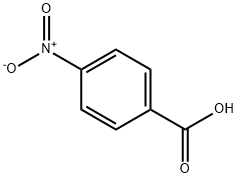
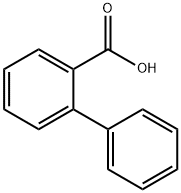
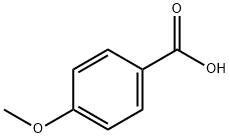
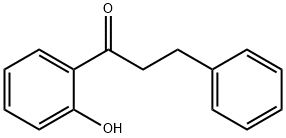

You may like
-
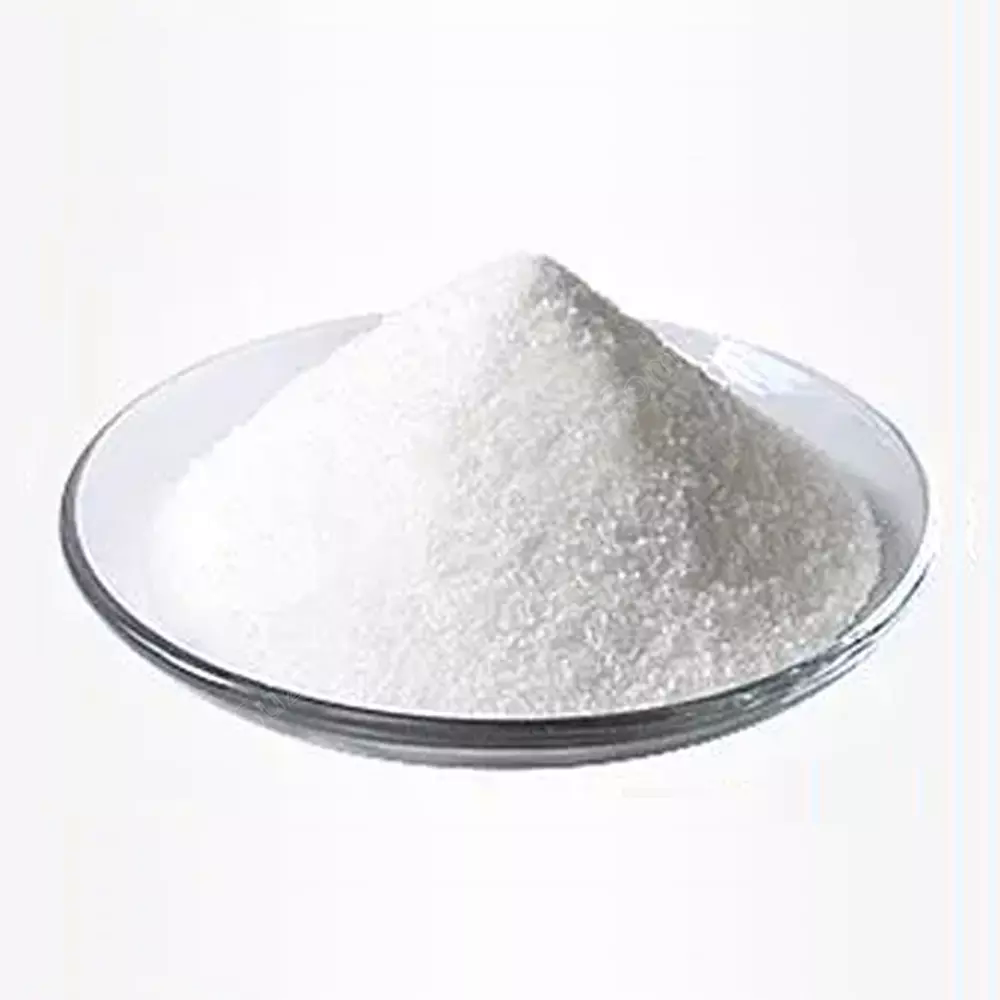 92-92-2 4-Biphenylcarboxylic acid 99%View Details
92-92-2 4-Biphenylcarboxylic acid 99%View Details
92-92-2 -
 92-92-2 99%View Details
92-92-2 99%View Details
92-92-2 -
 Biphenyl-4-carboxylic Acid CAS 92-92-2View Details
Biphenyl-4-carboxylic Acid CAS 92-92-2View Details
92-92-2 -
 Biphenyl-4-carboxylic acid 97% CAS 92-92-2View Details
Biphenyl-4-carboxylic acid 97% CAS 92-92-2View Details
92-92-2 -
 Biphenyl-4-carboxylic acid CAS 92-92-2View Details
Biphenyl-4-carboxylic acid CAS 92-92-2View Details
92-92-2 -
 Ethyl-2-Chloroacetoacetate 609-15-4View Details
Ethyl-2-Chloroacetoacetate 609-15-4View Details
609-15-4 -
 609-15-4View Details
609-15-4View Details
609-15-4 -
 27143-07-3View Details
27143-07-3View Details
27143-07-3
Statement: All products displayed on this website are only used for non medical purposes such as industrial applications or scientific research, and cannot be used for clinical diagnosis or treatment of humans or animals. They are not medicinal or edible.
